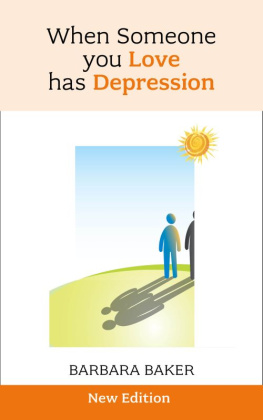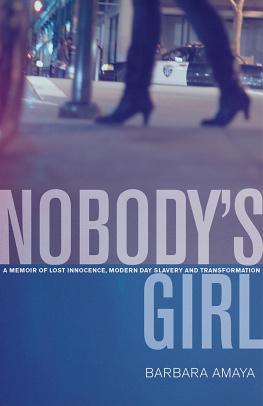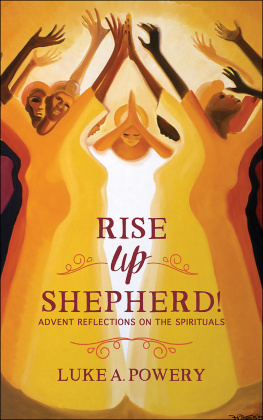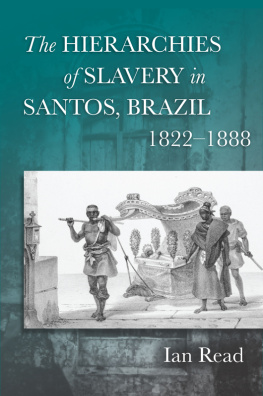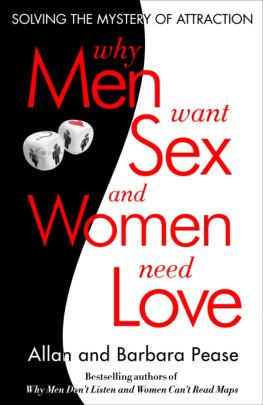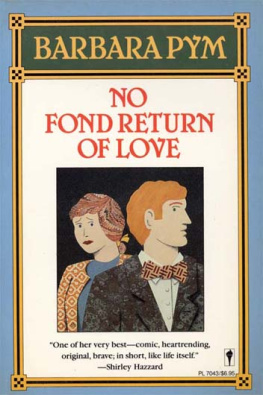A Sarah Mills Hodge Fund Publication
This publication is made possible, in part, through a grant from the Hodge Foundation in memory of its founder, Sarah Mills Hodge, who devoted her life to the relief and education of African Americans in Savannah, Georgia.
Parts of the were previously published in slightly different form in Ellen Craft (ca. 18261891): The Fugitive Who Fled as a Planter, in Georgia Women, vol. 1, edited by Ann Short Chirhart and Betty Wood (Athens: University of Georgia Press, 2009); reprinted by permission.
2015 by the University of Georgia Press
Athens, Georgia 30602
www.ugapress.org
All rights reserved
Set in Adobe Caslon Pro by Graphic Composition, Inc.
Printed and bound by Thomson-Shore
The paper in this book meets the guidelines for permanence and durability of the Committee on Production Guidelines for Book Longevity of the Council on Library Resources.
Most University of Georgia Press titles are available from popular e-book vendors.
Printed in the United States of America
19 18 17 16 15 P 5 4 3 2 1
Library of Congress Control Number: 2015932616
ISBN-13: 978-0-8203-3802-6 (hardcover)
ISBN-13: 978-0-8203-4724-0 (paperback)
ISBN-13: 978-0-8203-4832-2 (ebook)
British Library Cataloging-in-Publication Data available
Acknowledgments
This book, like the story it tells, is the progeny of both opportunities and setbacks. In researching and writing it, I have experienced generous portions of frustration and laughter. The late, brilliant Elizabeth Fox-Genovese provided insights and words of encouragement that set me on this journey many years ago. I owe its completion to an expert, creative, hardworking team at the University of Georgia Press that includes Walter Biggins, senior acquisitions editor; Bethany Snead, assistant acquisitions editor; John Joerschke, project editor; Chris Dodge, freelance copy editor; Mick Gusinde-Duffy, editor-in-chief; and Lisa Bayer, director. Formerly of the press but not forgotten for their enthusiastic and thoughtful endorsement of my scholarship are Nicole Mitchell, Nancy Grayson, and Sydney DuPre. The informed and thoughtful critiques of John Ernest and DoVeanna Fulton, who served as anonymous reviewers, helped me polish and refine drafts of this book. David E. Des Jardines, director of marketing, also has my gratitude, and his earlier inspirational work identifying illustrations for the University of Georgia Presss Brown Thrasher Books edition of Running a Thousand Miles for Freedom merits my belated appreciation.
I have benefited from space to think, support for research travel, and the occasional course release to catch up with reading and writing as the recipient of institutional grants from the University of Georgia Research Foundation, the Willson Center for the Humanities and Arts, and the University of Georgias Office of the Vice President and Provost for Academic Affairs. I have been the delighted beneficiary too of a Hugh Kenner Elsewhere Award from the University of Georgias Department of English.
At Radcliffe Institute for Advanced Study, Harvard University, a 20045 Augustus Anson Whitney Fellowship inspired a turning point in my project and led me to connections I previously had overlooked. I extend Christine DeLucia of the Radcliffe Institute Research Partners Program very warm thanks for her impeccable library sleuthing and critical readers eye. The Radcliffe Institute Fellowship Program, under the visionary leadership of Drew Gilpin Faust and Judith Vichniac, arranged public presentations of my project. Members of their staff connected me with Virginia Craft Rose, Angela Niles, Virginia Niles, and other descendants of William and Ellen Craft, making a very pivotal year of study and reflection even more unforgettable. I fondly remember Tiffani Williams, Irene Pepperberg, and Barbara Savage for their supportiveness and companionship at Radcliffe Institute, and I will not forget the optimism, humor, wisdom, and can-do spirit of the late Lindy Hess.
Shorter residencies of several months facilitated my immersion in print and online archival collections pertaining to the conductors, funders, and passengers of the Underground Railroad. These were funded by the W. E. B. Du Bois Institute, Harvard University, directed by Henry Louis Gates Jr.; the Aaron Diamond Foundation and the Schomburg Center for Research in Black Culture, New York Public Library; and the Gilder Lehrman Institute of American History (for study at the Columbia University Rare Book and Manuscript Library). I am very thankful for the patient and knowledgeable staffs at all of the university libraries and research repositories I visited who assisted me and gave me direction and leads. The following people offered encouragement and interventions beyond the call of duty: Catherina Slautterback, curator of prints and photographs, Boston Athenum; Georgette Mayo, reference archivist, Avery Research Center for African American History and Culture, Charleston, South Carolina; Diana Lachatanere, former curator, Manuscripts, Archives, and Rare Books Division, Schomburg Center for Research in Black Culture, New York Public Library; Muriel Jackson, head, Genealogical and Historic Room, Washington Memorial Library, Macon, Georgia; Krystal Appiah, reference librarian and curator of African American History, Library Company of Philadelphia; Beatrice Greene, formerly of the Rare Books and Manuscripts Department, Boston Public Library; and Elizabeth Bouvier, head, Massachusetts Supreme Judicial Court Archives. I extend heartfelt thanks to Julia Ellen Craft Davis for her generosity and swift agreement to my use of Craft-Crum family photographs in this book.
Additionally, this book has been shaped by conversations with colleagues at summer research programs sponsored by the American Antiquarian Society and the National Endowment for the Humanities. I am ever in the debt of Richard Brown, who directed an NEH Summer Seminar on Early American Microhistories at the University of Connecticut, for serving as a patient sounding board as I brainstormed and tweaked the arc of my study one summer month. The three dynamic directors of the NEH Summer Seminar on The Role of Place in African American BiographyFrances Jones-Sneed, Richard Courage, and Robert Paynterorganized one of the most supportive, multidisciplinary, and able communities of literary critics, historians, theorists, social scientists, and other scholars I have encountered in my career. Jonathan Hartmann, Reighan Gillam, Joy Myree-Mainor, Jennie Lightweis-Goff, Martha Pitts, Kenith Matthews: thank you for the coffee shops, campus tours, inspiration, and fellowship!
As the Fall Semester 2012 Fulbright Visiting Chair of Society and Culture at Dalhousie University, I lived in Halifax, Nova Scotia, where the Crafts fled from American slave catchers in 1850. Deborah Lawrence created a comfortable, inviting, memorable home away from home. I miss her homemade ginger tea and kitchen conversations on the lore of Atlantic Canada and politics of African Nova Scotia, as well as my second family of Jenny Kang, Phil, Lionel, and Mr. Mittens. For their hospitality and cultural insights, I can sing the praises of these members of Halifaxs academic community: Afua Cooper, Bruce Greenfield, Marjorie Stone, Anthony Stewart, Julia M. Wright, Judith Thompson, Trevor Ross, Dominic Silvio, Carole Poirier, and Mary Beth MacIsaac, all at Dalhousie University; Sylvia D. Hamilton and Elizabeth Edwards, University of Kings College; Phanuel Antwi, St. Marys University; and Henry Bishop, Nova Scotia Community College. Back in Georgia, Jordana Rich, Stacy Turner, and my wonderful neighbors relieved my worries and reassured me that all was well on the home front during my travels.



